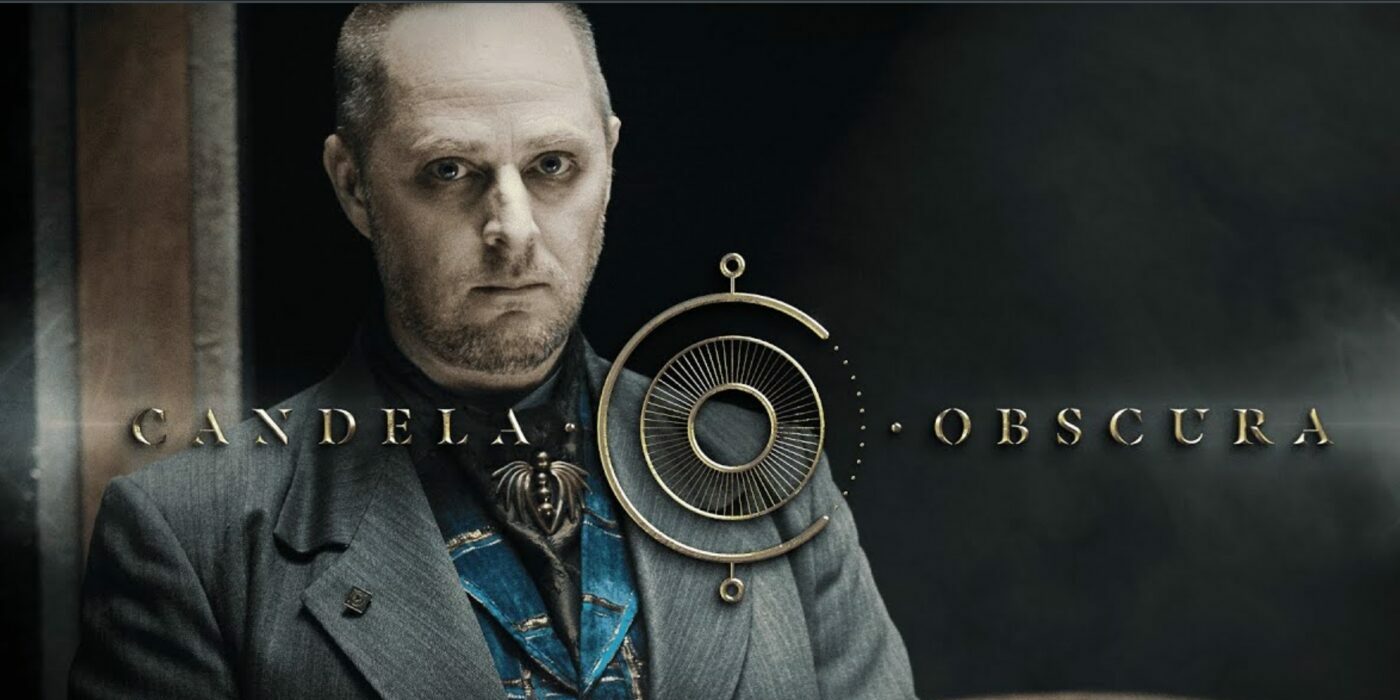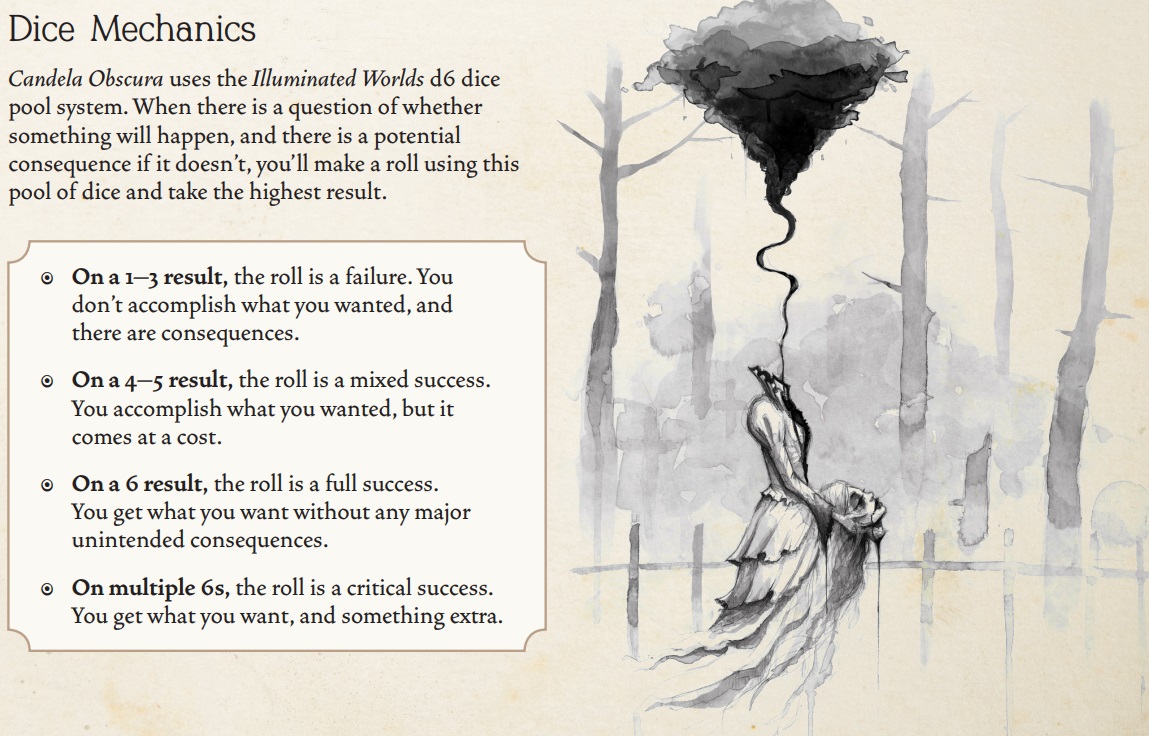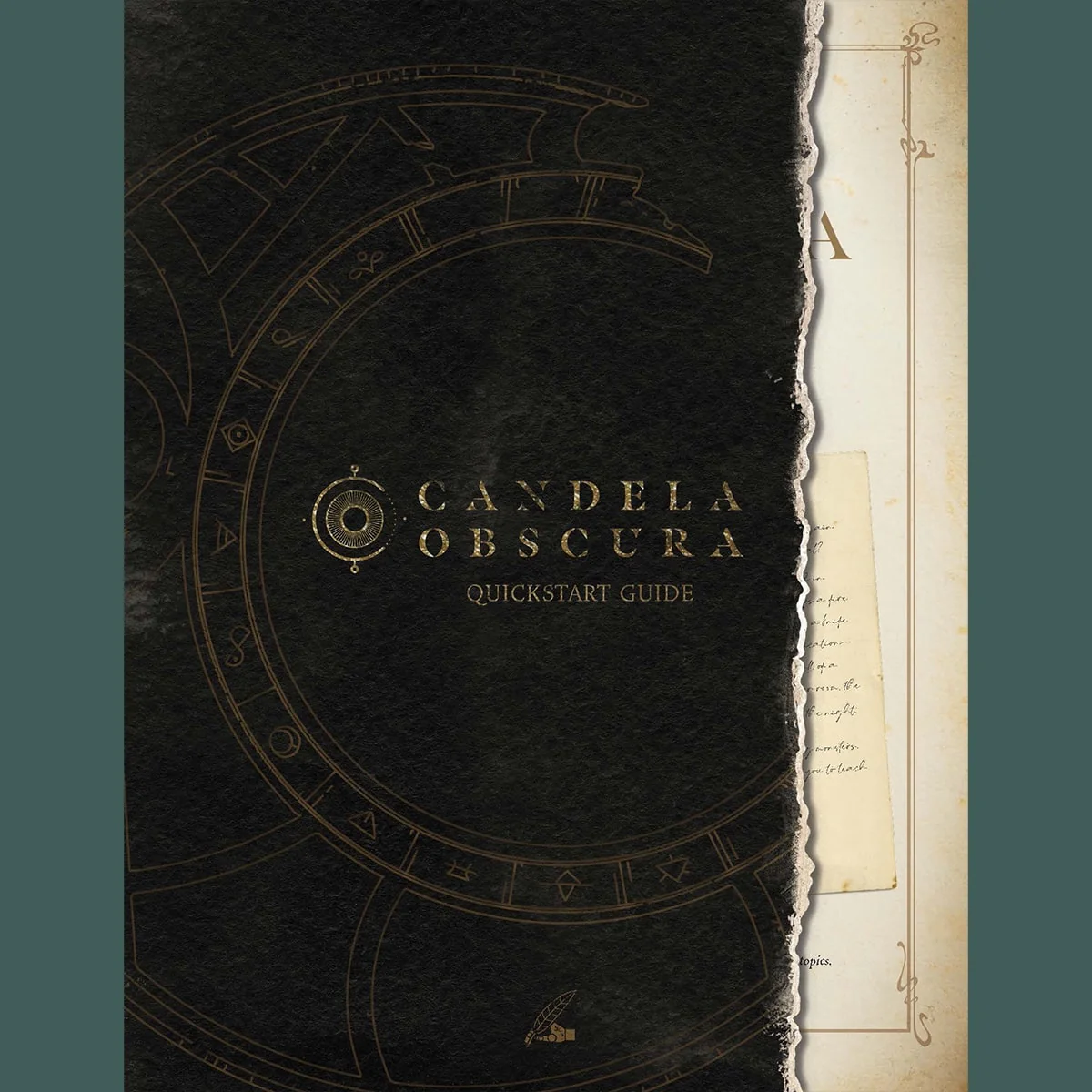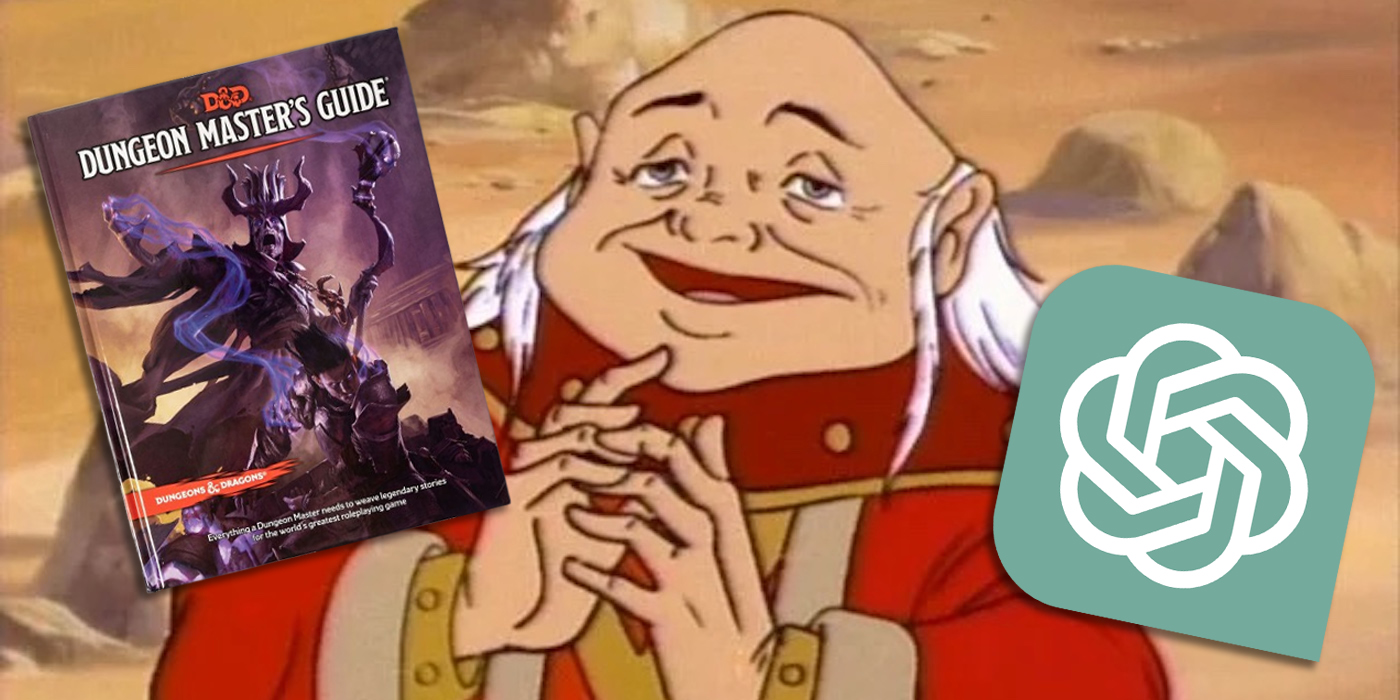‘Critical Role’s ‘Candela Obscura’ Might Not Be Forged in the Dark But It Sure Feels That Way

Critical Role’s new TTRPG, Candela Obscura isn’t explicitly Forged-in-the-Dark, but it has a lot of commonalities. Check it out!
Critical Role has been making waves with their new horror anthology series, and accompanying TTRPG of the same name, Candela Obscura. With a quickstart guide out right now, you can take a look at what the game entails. So far, there are some familiar mechanics at play.
But not necessarily the ones you’d think. Candela Obscura has a distinct lineage. But there’s nary a d20 at play here. Instead, you can see its antecedents in games Forged-in-the-Dark. Let’s take a look.
Candela Obscura Rules
Candela Obscura leans very hard on a mechanic that should feel familiar to anyone who’s dipped their toes outside of the d20 pool. If you’ve ever played Blades in the Dark or games like it, you’re familiar with the core mechanic: roll at least 1d6 and hope that you roll at least 4 or higher.
Much like Blades in the Dark, Candela Obscura uses a tiered success system. All the familiar results are there, failure, mixed success, success, and critical success. And, much like in the aforementioned game, Candela Obscura sees the same sort of distribution of stats broken out into actions. You have Nerve, Cunning, and Intuition, which each have their own separate “skills” within them; skills are actions like “Move” or “Strike” or “Survey”.
As you take negative consequences, you take Scars that reflect the sort of strange magic you end up entangled in. It’s not a reinvention of the wheel, by any stretch of the imagination. But what’s interesting is that this is stripped-down Blades. Which is not altogether bad.
One of the main critiques of BitD is that it has a lot of fiddly subsystems that no one uses right. As the joke goes, by the time you’ve read the book cover to cover 85 times, you really have the system down.
Granted, Candela Obscura may well have more depth to it when the full rules are released. But what we see here gives us a pretty good picture of how the game plays. It’s fast. It’s ostensibly narrative-driven, though there’s an odd lack of narrative interplay here. Many of the more unique narrative levers that Blades and its ilk play with are absent here.
Stuff like stress, and flashbacks are missing. The gear system is stripped down; characters still select gear during play, but instead of picking from a list, they have three pieces of gear and that’s it. It’ll be interesting to see what the full rules add. In the meantime, the Quickstart rules are available below!
Have you tried Candela Obscura?







